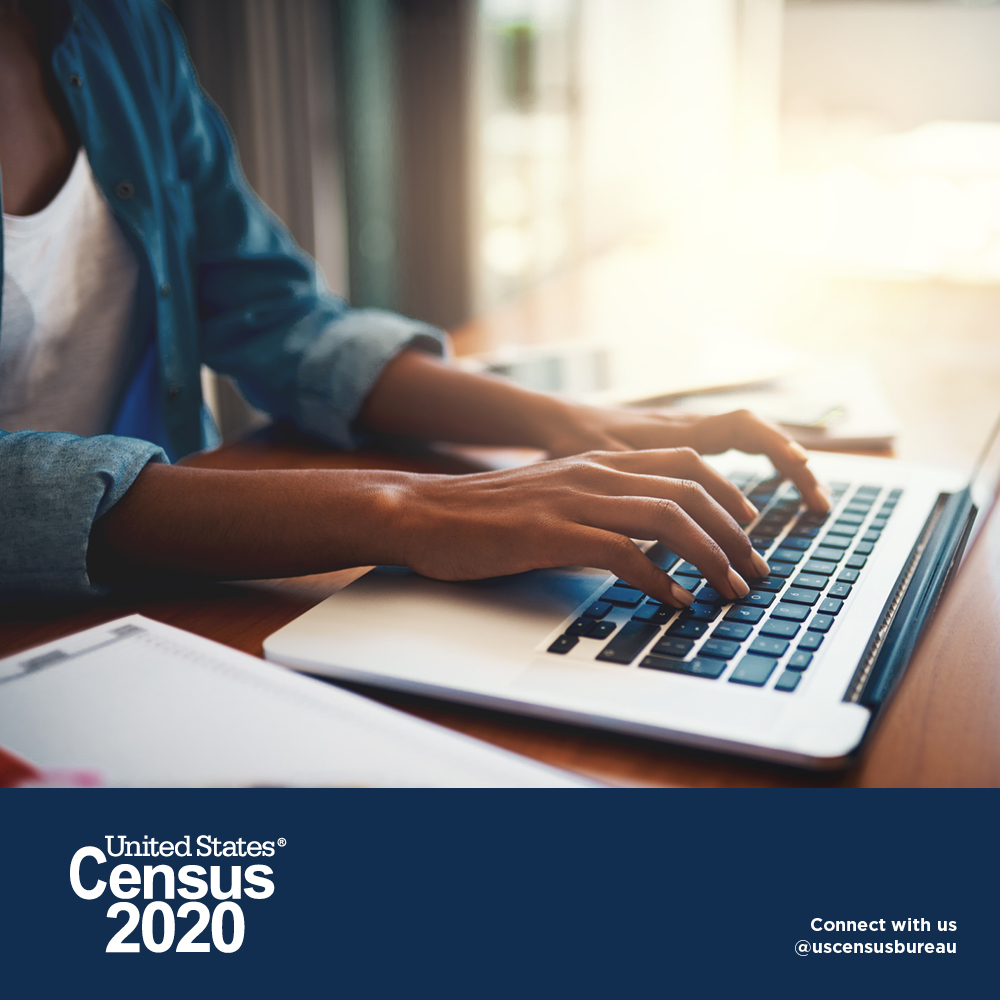The 2020 Census will be the 24th time the United States has counted its population since 1790. One of the first constitutional mandates, the population count of the census determines federal funding eligibility and Congressional representation for every state for the following ten years. So while elections do hold significance (and receive much media attention), a compelling case could be made that the often overlooked census actually has a bigger impact on a community for a longer period of time, especially at the state and local levels.
Ohio receives $33 billion every year from the federal government to support critical programs and infrastructure, such as Medicaid ($15.5B), student loans ($3.5B), public transit ($223M), Head Start early childhood development ($334M), affordable housing units and vouchers ($562M), Temporary Assistance for Needy Families ($728M), and highway construction ($1.4B). These funds are driven in large part by the number of Ohioans counted during a census year.
Moreover, for each person not counted in the census, the estimated loss to the state of Ohio is over $1,200 for each year of the subsequent decade. That fact bears repeating: for every person NOT counted, Ohio loses out on an estimated $1,200 per person, per year for the next decade. Based on analysis conducted by the Urban Institute, Ohio is at risk of experiencing a population undercount equivalent to the size of New Albany, Bexley, Worthington, and Upper Arlington’s populations combined, which would equate to a loss of $888.2 million over the coming decade.
Such a decrease in federal allocation would have a significant impact on both our public and nonprofit sectors. Consider your typical week – do you commute to work? Are your children in daycare? Do you visit your local museums? Federal dollars underlie many of the programs, services, and infrastructure improvements that we often take for granted.
That’s why it’s absolutely vital for Ohio to get a complete count of its residents. Local initiatives like Columbus Counts and statewide networks like the Ohio Census Advocacy Coalition are both examples of how different groups are working together to coordinate community outreach and engagement efforts, and spread information about the importance of being counted.
However, for a variety of reasons, certain populations are harder to count than others. This includes: children under the age of five, immigrants, low-income households, college students, LGBTQ people, renters, rural areas, and places experiencing rapid population change. In case you weren’t keeping track, the Columbus region has a growing number of residents from each of those groups.
In the case of immigrants, the issue of whether or not a question about citizenship would end up on the next census loomed over much of last year, and misperceptions of the use of census data linger. Nonprofit organizations are our region’s biggest assets in the effort to dispense accurate information about the census because of the community trust they have established through the daily impact they have on our lives.
In the coming decade, the City of Columbus will likely join the ten other cities in America that currently have a population of more than a million, and by the end of the decade, the Columbus region will have nearly 2.3 million people. As our community grows at this rapid pace, it is critical to have accurate data about our neighborhoods in order to know where we are and where we’re going. There is no way we can tackle housing affordability, our traffic and mobility challenges, and our shortage of high quality childcare in the decade ahead without accurate data or full federal funding and representation.
As the 2020 Census draws near, nothing less than the collective strength and momentum of our community is at stake.


